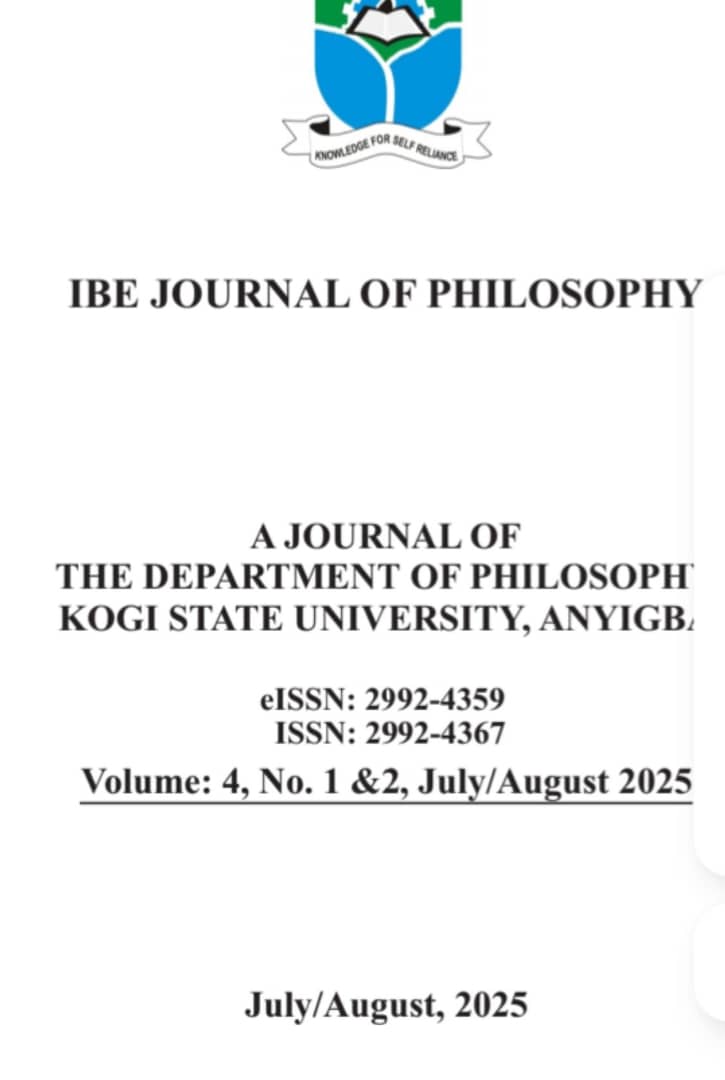Gender Disparity in the Use of Paralinguistics in Spousal Discourse: Evidence from Dul Johnson's Collection of Short Stories
DOI:
https://doi.org/10.5281/zenodo.17080288Keywords:
Gender, Paralinguistic, Spal discourse, Dul Johnson's short stories, Dell Hymes' Speaking model, Halliday's Model of ContextAbstract
This study investigates gender disparity in the use of paralinguistics in spousal discourse in Dul Johnson's collection of short stories. The study is anchored on Dell Hymes' Speaking model and Halliday's Model of Context. The study employs a qualitative textual analysis of four purposively selected short stories of Dul Johnson, focusing on six representative spouses whose interactions vividly illustrate both verbal and non-verbal communication. These include: Mr Changara Plank and Mrs Makara Plank, Mr Buku Bandara and Mrs Senata Bandara, Mr Kata Pangara and Mrs Tata Pangara (Why Women Won't Make it to Heaven); Mr Mamfa amd Mrs Mamya Mamfa (The Gift); Mr Tangtakh and the Wife Proper (Sour Dregs); Mr Okonkwo and Mrs Nneka Okonkwo (Hand of Destiny). The methodology involved close reading and interpretation of relevant episodes, with particular attention to paralinguistic cues such as tone, pitch, body language, and facial expressions. Findings reveal that male and female characters are portrayed in ways that reflect traditional gender roles and power dynamics. Male characters were depicted as dominant and authoritative, frequently utilizing commanding tones and assertive body language to reinforce their status. In contrast, female characters were portrayed in submissive roles, conforming to societal expectations of obedience and deference to their husbands. However, instances of female resistance were also observed, highlighting evolving gender dynamics within the literary representation of spousal relationships. The study further observed that male characters frequently utilized authoritative tones and commanding body language, reinforcing their perceived dominance in marital interactions. Female characters, conversely, relied more on expressive facial gestures, softer tones, and indirect communication strategies, reflecting societal expectations of emotional sensitivity. The study concluded that spousal communication within the selected short stories was deeply influenced by traditional gender roles, reinforcing existing power structures. The study underscores the significance of non-verbal communication in shaping marital dynamics in African literary contexts.
Downloads
Downloads
Published
Issue
Section
License
Copyright (c) 2025 Ibe Journal of Philosophy

This work is licensed under a Creative Commons Attribution 4.0 International License.


















